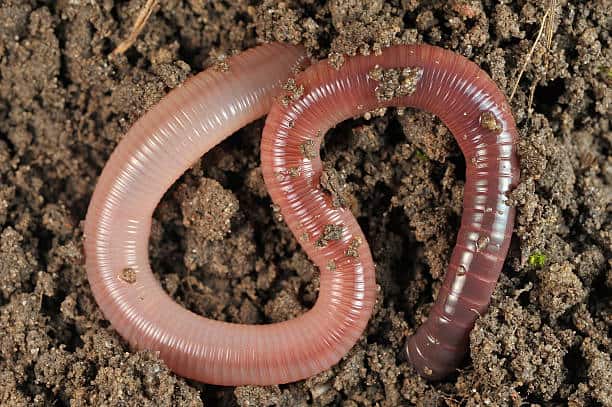By: Dr.Raja Dakhali
Soil health is far more than just its physical properties—it’s deeply tied to the biological activity beneath the surface. The presence and activity of microorganisms such as bacteria, fungi, protozoa, nematodes, and earthworms are crucial to maintaining nutrient cycling, disease suppression, and organic matter decomposition. Here’s a breakdown of key biological indicators that reveal a soil’s overall health:
1️⃣ Microbial Diversity
A diverse microbial community is a hallmark of a balanced, healthy soil ecosystem. High microbial diversity not only supports efficient nutrient cycling and improves soil structure but also enhances plant health by suppressing harmful pathogens. This reduces the need for chemical pesticides, allowing for more sustainable agricultural practices.
2️⃣ Microbial Respiration
This process measures the rate at which microorganisms consume organic matter and release carbon dioxide, indicating the metabolic activity in the soil. When microbial respiration is strong, it signals that the soil is rich in nutrients and capable of supporting robust root development, promoting healthier and more vigorous crop growth.
3️⃣ Earthworm Activity
Earthworms are nature’s soil engineers. Their burrowing improves soil structure by allowing better air and water infiltration, while their digestion of organic matter enhances nutrient availability. A thriving earthworm population is a clear sign of healthy soil, enabling better root penetration, nutrient uptake, and ultimately, higher crop yields.
4️⃣ Fungal-to-Bacterial Ratio
This balance is essential for effective nutrient cycling and disease suppression. Fungi break down complex organic matter slowly, releasing nutrients over time, while bacteria decompose material quickly, providing plants with readily available nutrients. A well-balanced fungal-to-bacterial ratio ensures that crops receive steady, long-term nutrition, boosting both plant health and yield.
Understanding and fostering these biological indicators is key to maintaining a healthy, productive soil ecosystem that supports sustainable agriculture.

